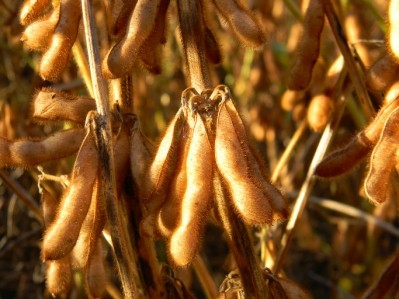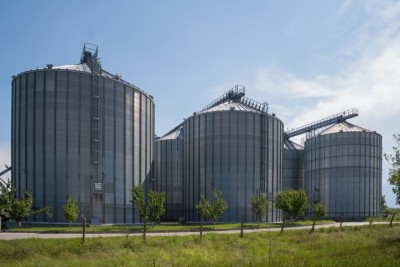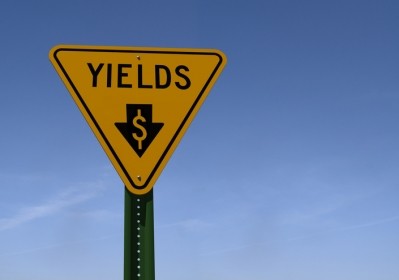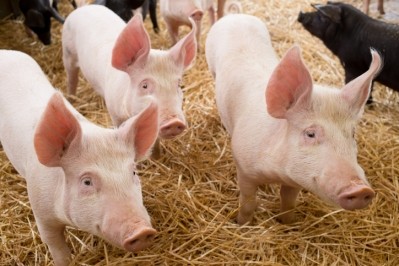Poultry pecking down UK animal feed demand
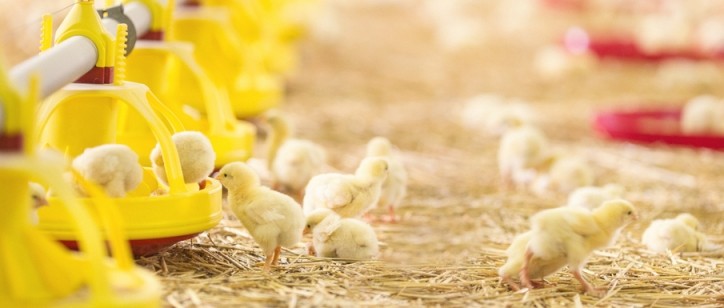
Animal feed makes up 54% of total grain demand in the UK so the trends have a significant impact on average supply and demand.
Pulling down the total in August, in particular, was the decline in poultry feed output, which dropped to a 10-year low for that month, found a recent publication from AHDB.
Defra reports that UK turkey poult placing in August was at the lowest level for that month since at least the mid-1990s. “In addition, layer chick placings slipped back below the five-year average in July and August.”
Production of pig feed remains well below last season so far as well, showed the AHDB publication. This is “unsurprising” given the pig herd in the UK is the smallest in over a decade, commented Helen Plant, senior analyst, oilseed and cereals, AHDB.
UK government data, released early last month, showed the total pig population in England, on June 1, was at 3.63 million head, the lowest number for 12 years.
That reduction in herd size has been driven by a substantial fall in the numbers of fattening pigs, a drop of almost half a million since June 2022. Meanwhile, the breeding pig population has remained flat year-on-year, supported by growth in the numbers of gilts in pig and gilts intended for first time breeding.
“There is potential for some gradual recovery in pig numbers if margins remain positive, though this will partly depend on how grain and oilseed prices evolve,” according to Plant.
Barley bucks the trend
More barley, however, was used to make compound feed in July and August than the same period last season, she outlined.
“So far this season (July and August), barley is accounting for a bigger proportion of the grain being used to make animal feed (combined GB compounders and IPUs). This continues the pattern from the end of last season (2022/23) and may reflect the timing of the 2023 harvest.”
Wheat inclusions started strongly in July but eased back a bit in August, while oat usage by GB compounders is sharply down again year-on-year, from the highs in 2021/22.
In July and August, UK feed producers used less corn (maize) than in the first two months of the 2022/23 season, said Plant.
With the world forecast to harvest a large corn crop this season, more of that grain could find its way into UK rations, she added.
